6. It Follows (David Robert Mitchell, 2014)
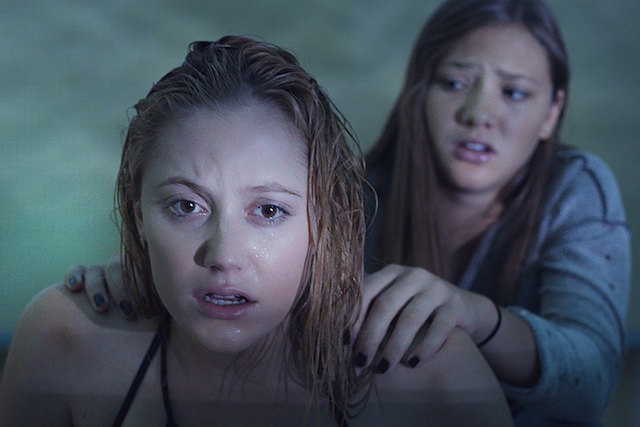
If there exists a movie that instantly caught the attention of horror lovers and became a multi-referenced and over-analyzed cult movie, that is, undoubtedly; It Follows. The nature of the title itself is revolutionary: the conceptual thought of something, whose origin, form or location remains completely unknown and can constantly mutate follows the film’s main character as a result of sexual intercourse smartly displays many connotations.
David Robert Mitchell’s horror debut ends up being terrifying because the spectator cannot identify the monster or the antagonist of the film because anything can turn up to become the monster itself. This simple yet game-changing idea installs a deliberately tense atmosphere that develops thorough the movie’s plot.
19-year-old Jane is a lonely teenager who has an apparently innocent date. The supposedly normal sexual encounter turns out to hide an inexplicable curse. She will be followed by someone who only she will manage to see whose identity can be personified by anyone (either a known person of a completely anonymous human being) until it touches her, provoking immediate death. Of course, this fatal end can be avoided if she, like her fateful date, makes love with another person.
After proving the realness of this jinx in many disturbing situations, Jane is forced to constantly escape, and along with her friends and neighbor will sink to investigate the mystery of it. The characters are surrounded by a suburban neoliberal environment where adults are ghosts, vanished from reality that does not even appear on the screen. This movie splendidly allows many readings, some of them deliberately political and current that, through the horror genre, explain reality.
7. The Witch (Robert Eggers, 2015)
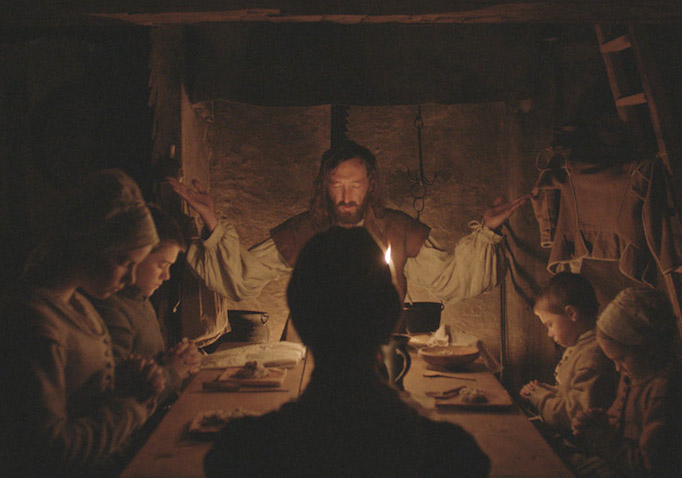
Robert Eggers’ directorial debut The Witch should be considered one of the horror masterpieces of this decade. Although having a really small cast and using very few locations this movie will horrify anybody who watches it. Contemporary audiences are used to constant jump-scares that create brief panic moments that quickly vanish without being able to install an atmosphere of real strangeness, darkness or anxiety that slowly unfolds itself. Recent acclaimed horror movies such as The Conjuring, It or even A Quiet Place are unable to provoke a feeling of permanent suspense settled in the spectator’s mind long after the credits have rolled out of the screen.
Set in 1630’s New England, a family is banished from its townhome in Plymouth Colony after tragically losing a religious dispute. Therefore, they are forced to build a farm in an extremely isolated area surrounded by woods. Not long after their settling, Katherine, the family’s mother, gives birth to baby Samuel, who cryptically disappears. This incomprehensible event tenses the siblings’ relation when they find out that a witch has stolen the newborn.
Eggers succeeds in displaying a simple, yet delicate cinematography organized by only natural light and candles. In other words, the slow pace the observant editing portrays a vision of realness which makes the audience believe in the story; the characters, plot development, and production design feel authentic, concrete, palpable. Therefore, the supernatural elements result to be undeniable, corporeal figures established by fate.
8. Hereditary (Ari Aster, 2018)
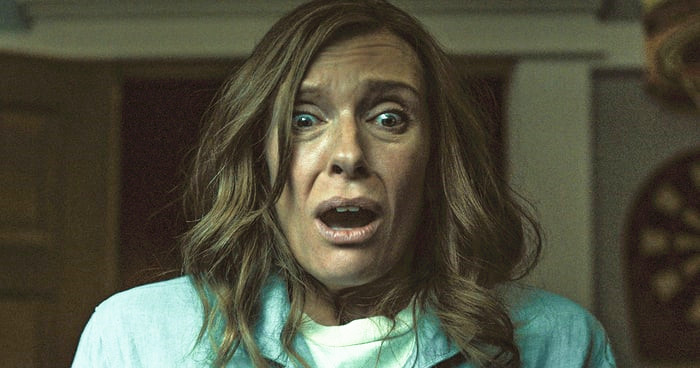
Some critics have proclaimed Hereditary as The Exorcist of the 21st century. Without falling into catchy headlines, the film consolidates itself as transcendental, conscious of its predecessors and visually brilliant.
Ari Aster’s debut builds a story that works with the meticulous watchmaker of a plot that is developed in a remarkably organic way, slowly but always moving forward. The plot is immersive; however, it is driven by balancing the paranormal elements and the real anguish of that the characters live. The dismay of family loss, the pause of mourning and the depths of pain are the background themes that guide the protagonists with a damned, esoteric, even biblical destiny.
Ari Aster, however, also demonstrates the mastery of the staging and the direction of cameras through a meticulous composition of each shot; already from the initial scene, in which the miniature house where Ellen works is presented as a claustrophobic metaphor printed on the fate of the same characters: they are all puppets manageable by magic, forces and superior powers that they cannot understand completely. The paranormal frames are thus nourished by the psychological background of the film, which is constructed from the first to the last minute of footage.
Definitely, Hereditary develops a new taste of contemporary horror, as it emerges as a complete, brilliant film. Ari Aster proves that when an intelligent visual bet, heir to its predecessors but with a new taste, comes next to an ambitious script, which is stimulated by the unconscious of the characters without giving up on the surprise elements; it is possible to build a vibrant horror, worthy of a cinema that has not arrived yet.
9. Climax (Gaspar Noé, 2018)
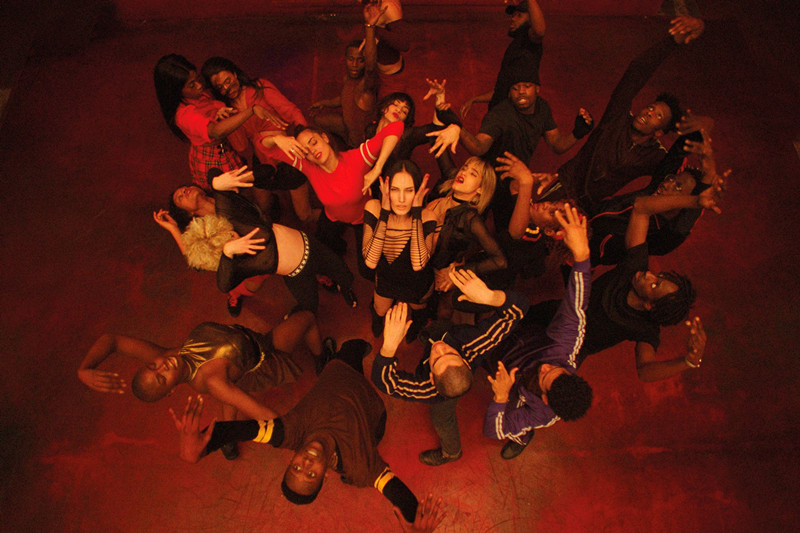
French director Gaspar Noé clearly enjoys bringing its audience to the basement of hell through explicitly traumatic and unforgettable experiences. Films such as Enter The Void, Irreversible or Love already experiment with introducing the audience into a bizarre and unpleasant experience, but Climax goes one step further.
A group of young dancers is unexpectedly drugged after poisoned sangria drinks are anonymously offered once their rehearsal is over. What starts being a fun, unconventionally diverse party, ends up being a complete nightmare surrounded by the fight over the author of the drug massacre.
Climax unfolds its coral plot with many stories developing at once. The spectator automatically feels inside the horrific hallucination too as if it had also been doped before the start of the screening. The circular, nearly impossible camera movements into the colorfully illuminated hallways take the cinematic experience into a whole new level. Once you have seen Climax, it will not leave your mind; you will not want to re-watch this dazing journey ever again.
10. Midsommar (Ari Aster, 2019)
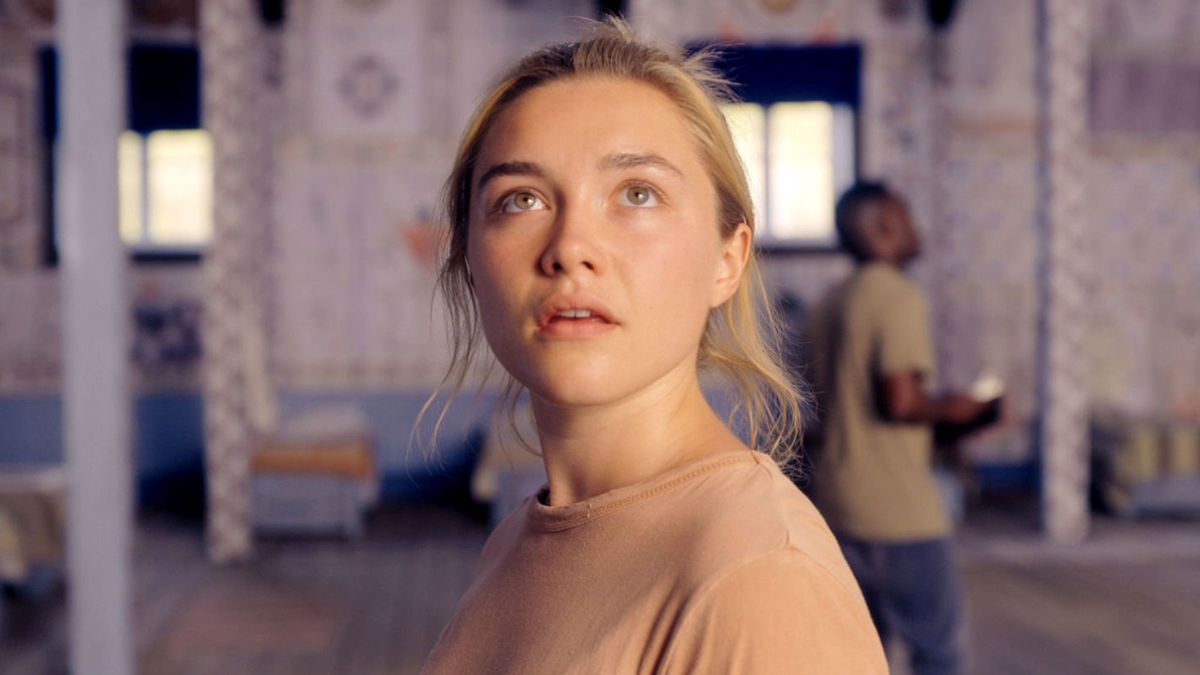
Every film in this list contains a special feature that has approached the horror genre in a distinguished way. Even though they all feel fresh and innovative enough, Ari Aster takes horror into a completely new level in his 2019 second feature, Midsommar. Its conceptual radicalism relies on the fact that the movie was shot in bright outdoor sunlight (at least the major part of the plot).
Midsommar, like many of the other films mentioned, bets in establishing a transcendental environment that unifies every shot from the first through the last scene. Nevertheless, can a film shot under sunshine as its main conception be horrifying? Well, if you are thinking about the mainstream idea of horror, it may not, but Midsommar indeed airs as a brave, challenging and enduring new horror.
After a family tragedy, Chris and Dany are invited to join Chris’ group of friends into a once-in-a-lifetime trip to a unique Swedish summer festival. Although having a fragile relationship they find this trip as an opportunity to restart and give themselves another chance. Once in bright sunny Sweden, they will slowly join the local’s awkward tradition of festivities which will inevitably develop a new world of darkness.